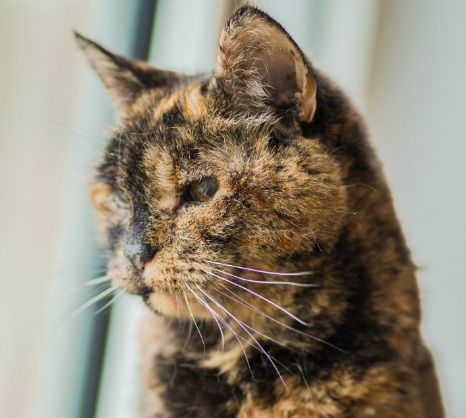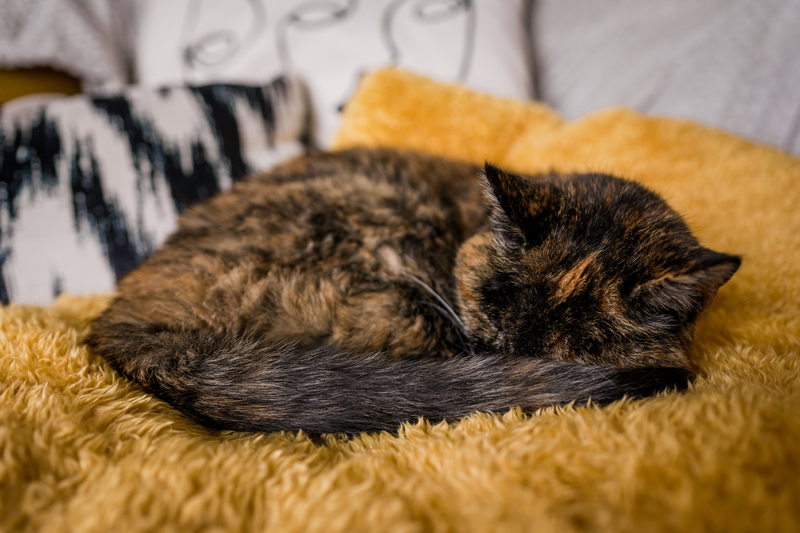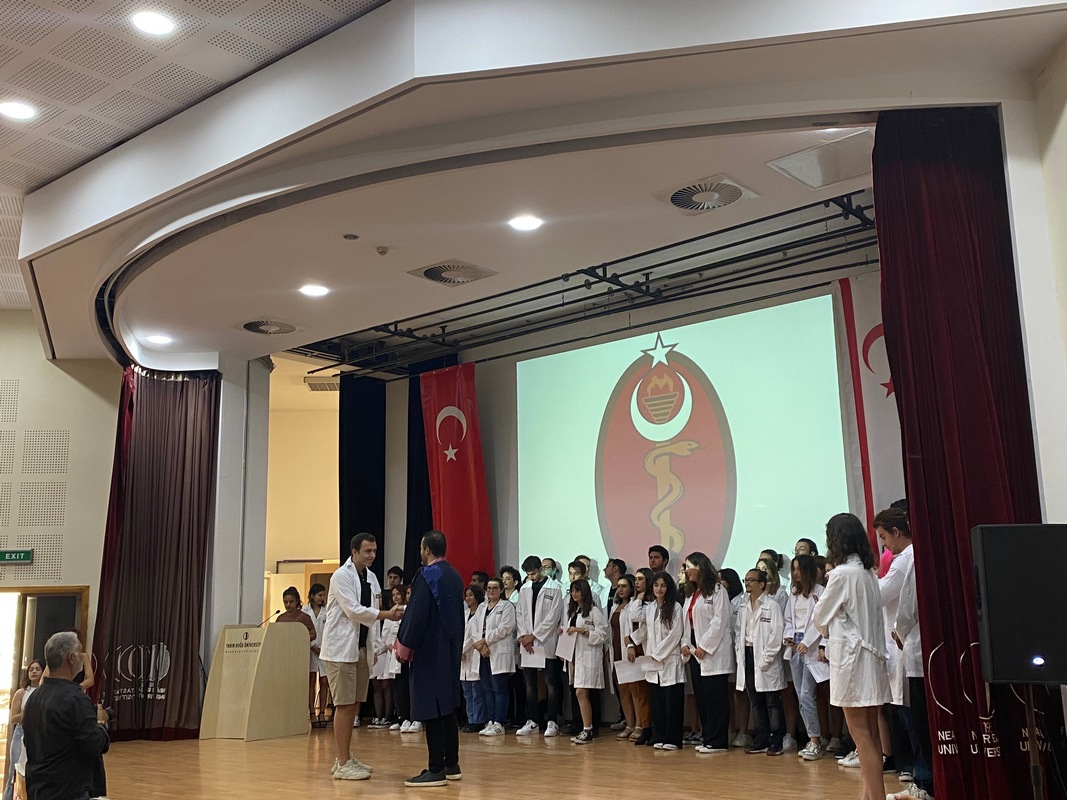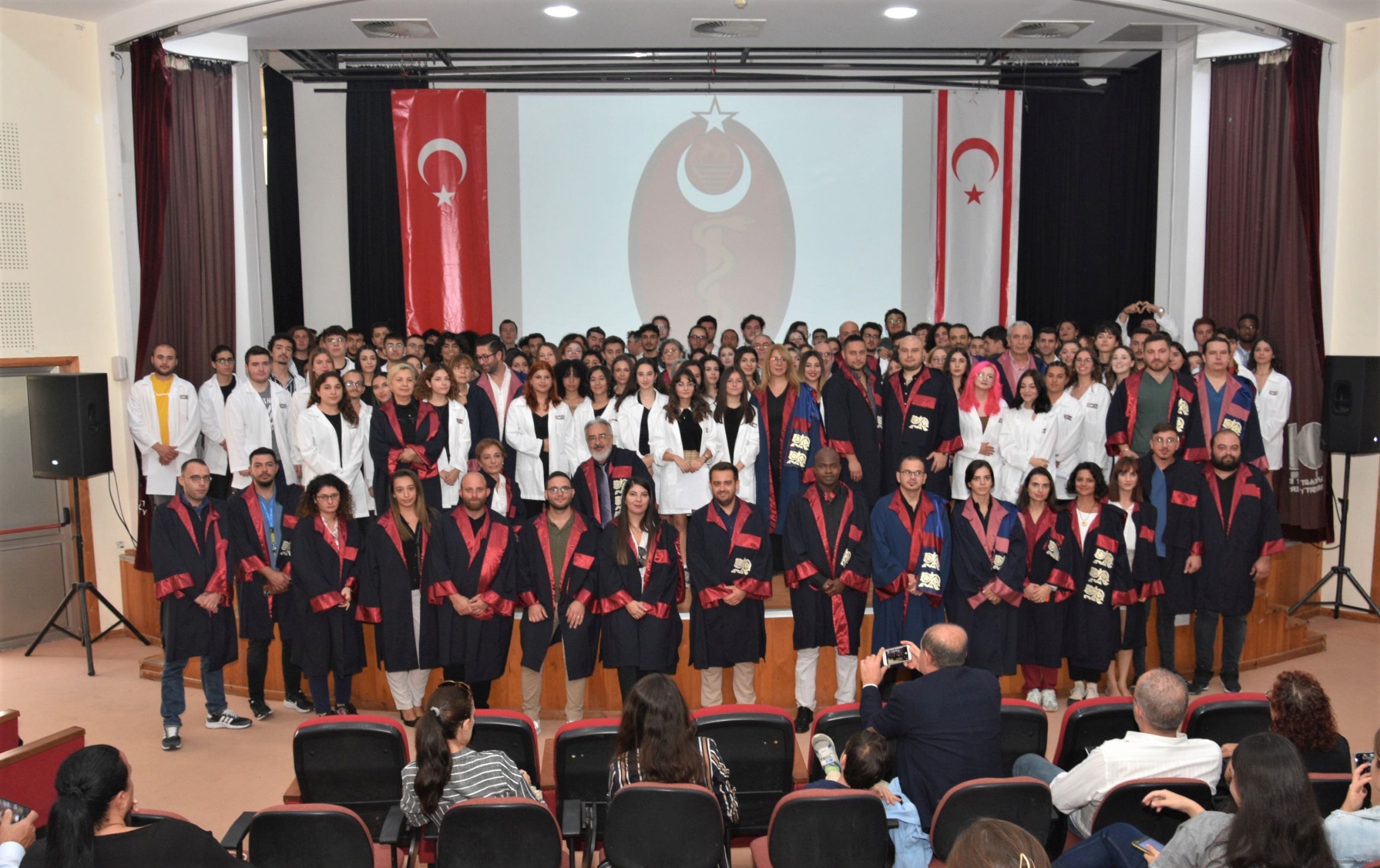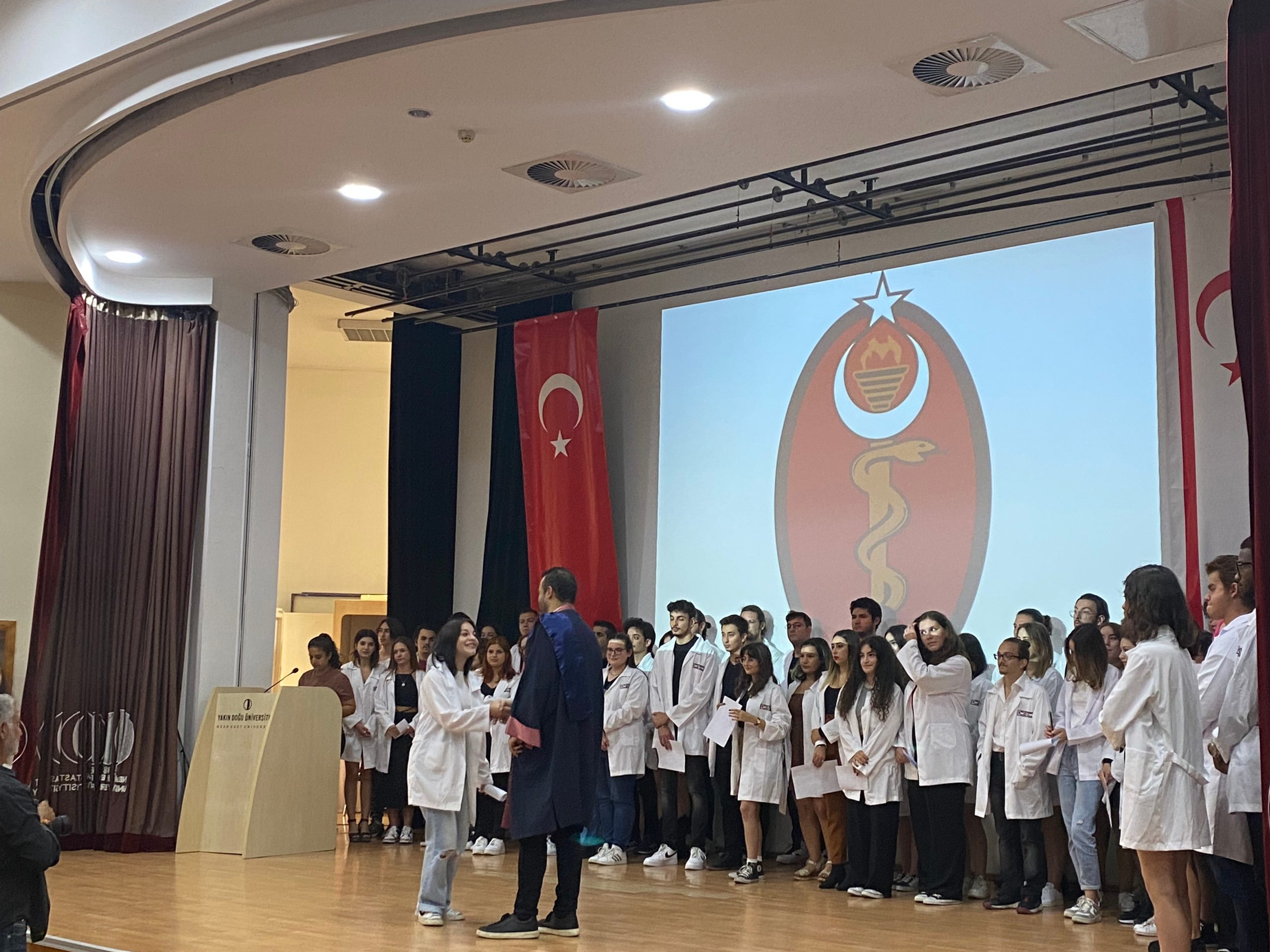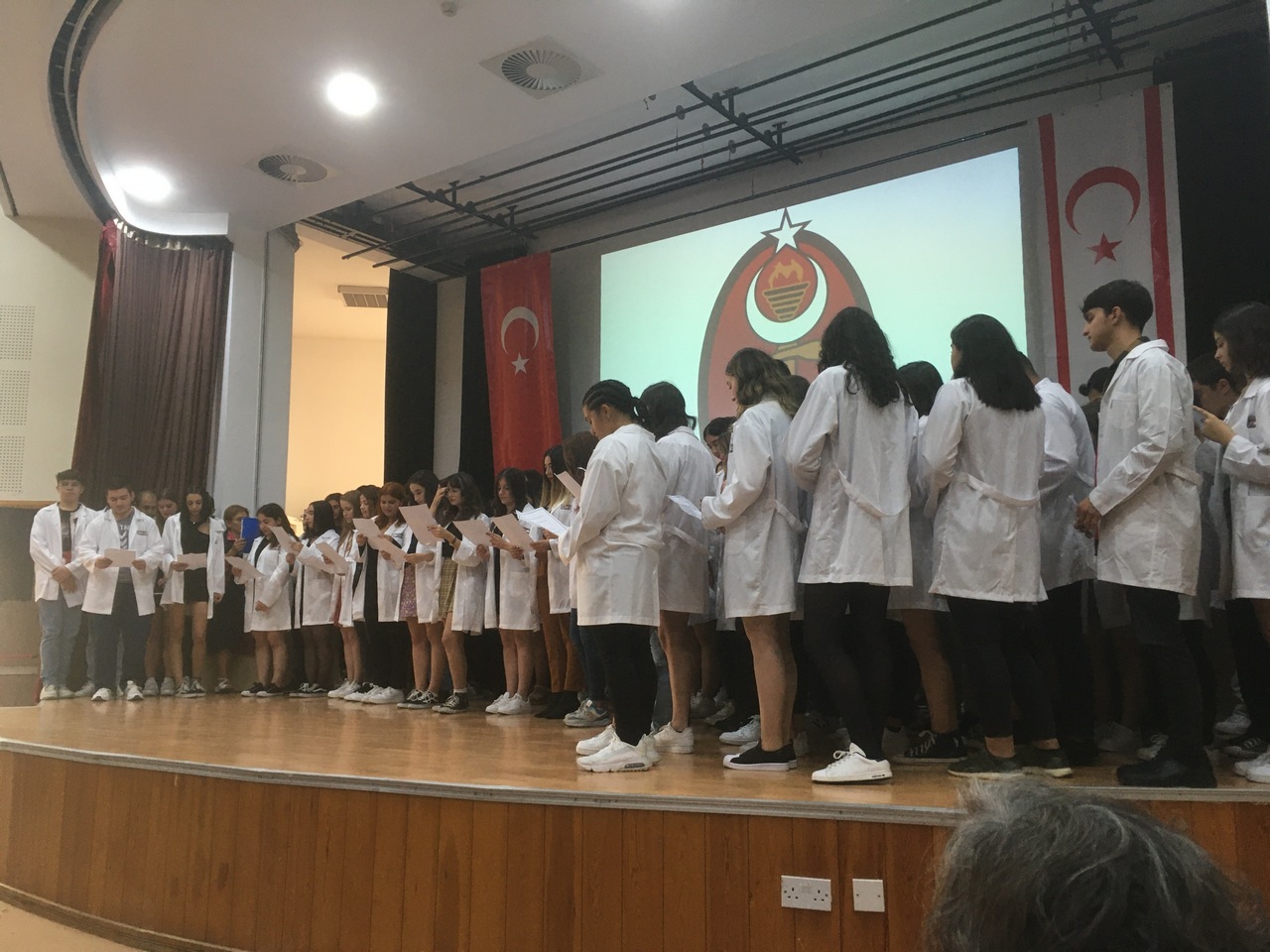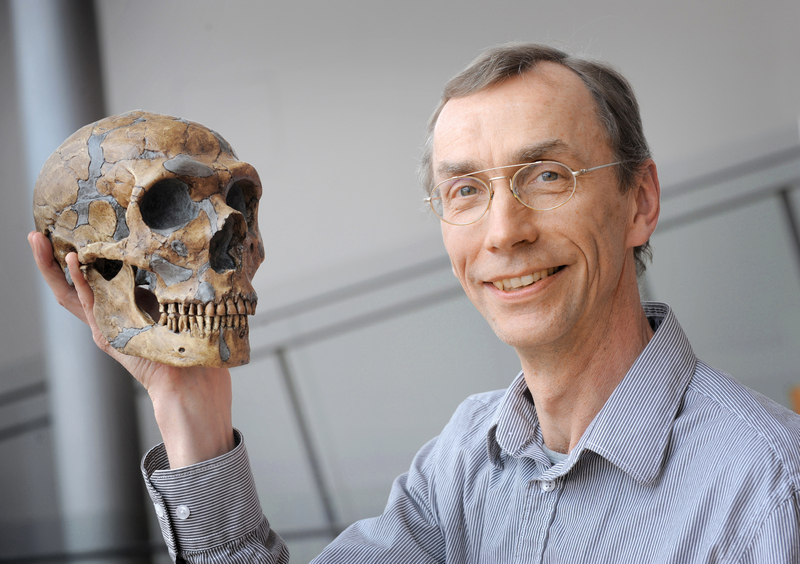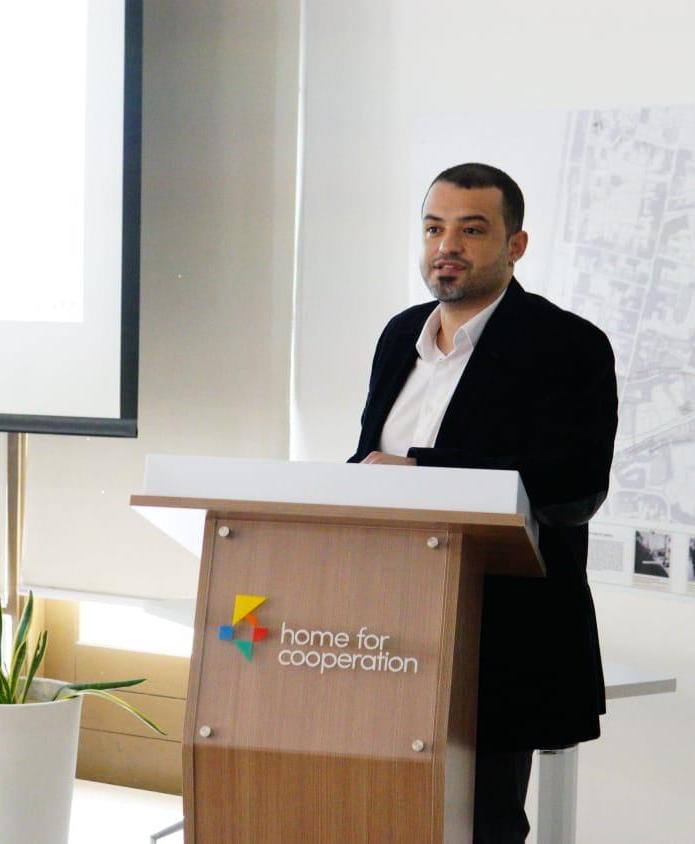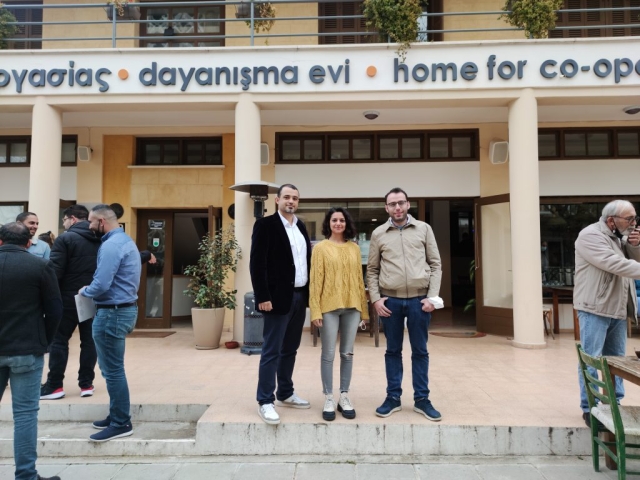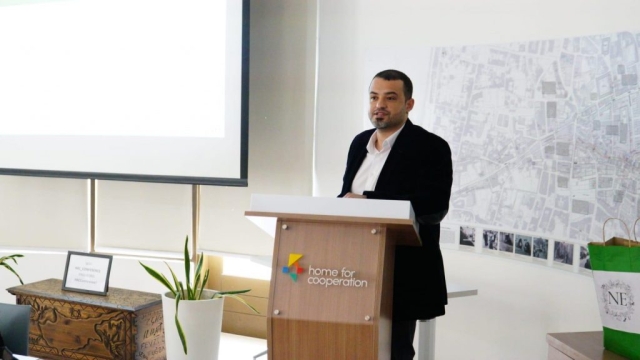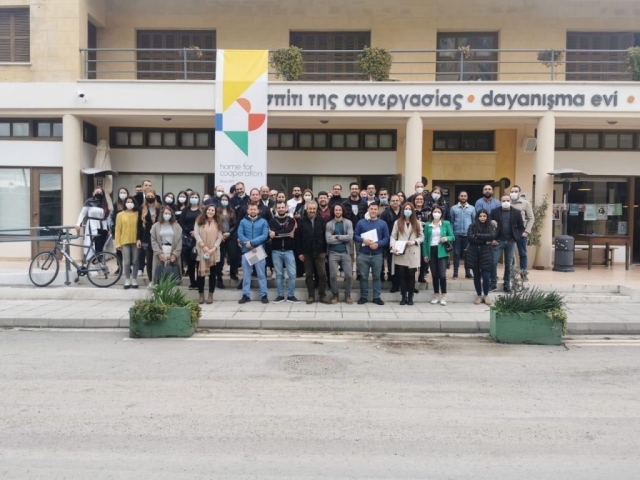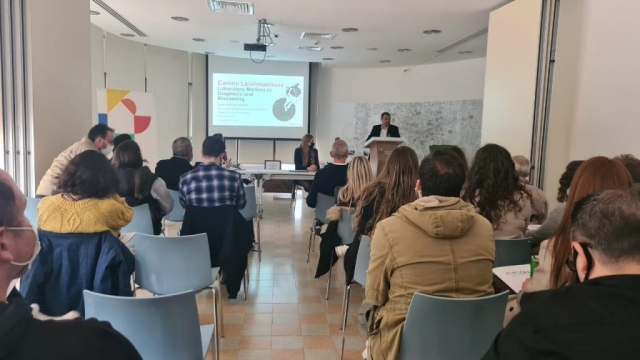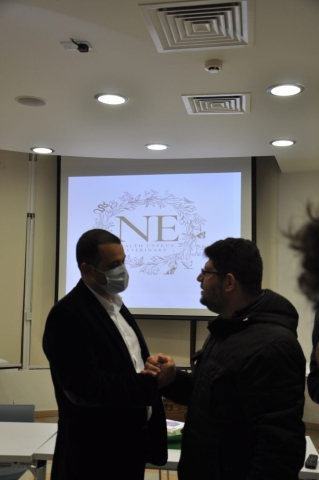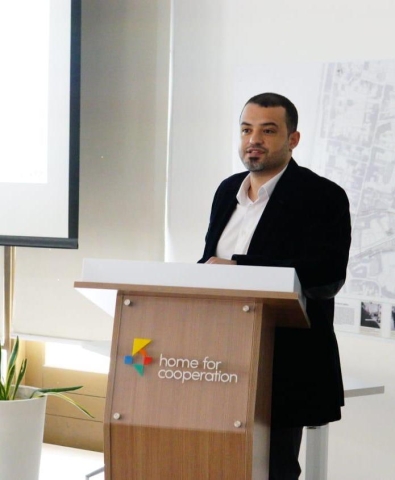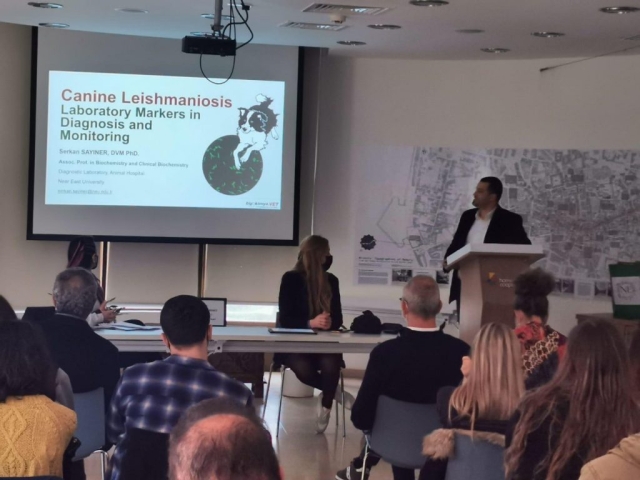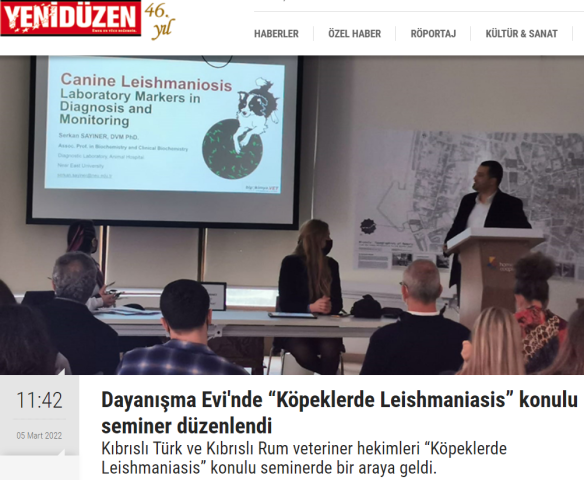Toxoplasma, an intracellular parasitic protozoan, is carried globally by a considerable proportion of the human population. So how does Toxoplasma spread within the body or how does it reach the brain?
Studies on how Toxoplasma protozoa spread within the body are continuing. One of them was recently published in the journal Cell Host & Microbe (IF=31.316, JCR Ranking Q1). Researchers shared the question and answer in the title of the article with the scientific world.
Ten Hoeve AL, Braun L, Rodriguez ME, Olivera GC, Bougdour A, Belmudes L, Couté Y, Saeij JPJ, Hakimi MA, Barragan A. The Toxoplasma effector GRA28 promotes parasite dissemination by inducing dendritic cell-like migratory properties in infected macrophages. Cell Host Microbe. 2022 Nov 9;30(11):1570-1588.e7. doi: 10.1016/j.chom.2022.10.001.
It is known that the roles of immune cells in the fight against infections are tightly regulated. It is important to illuminate how Toxoplasma has managed to infect so many human and animal species and spread so efficiently. At this point, Ten Hoeve and his team stated that they had found an answer. The key element of this response was the discovery of a protein. Researchers have identified a protein (GRA28) that Toxoplasma uses to reprogram the immune system.
The study findings indicated that Toxoplasma injects this particular protein into the nucleus of the immune cell, thereby changing the cell’s identity. Thus, it was shown that Toxoplasma tricked the immune cell into being another type of cell, in other words, it changed the gene expression and behavior of the immune cell. This situation was described by researchers as “Toxoplasma transforming immune cells into Trojan horses or wandering zombies that spread the parasite”. The study also highlighted that the parasite is much more targeted in its spread than previously thought.
Briefly about Toxoplasmosis (Toxoplasmosis)
The disease caused by toxoplasma is defined as toxoplasmosis and is one of the most common parasitic infections in humans worldwide, perhaps the most common. WHO estimates that at least 30% of the world’s human population are carriers of the parasite.
Domestic cats (not just domestic cats, but all felines) occupy a special place in the life cycle of Toxoplasma: sexual reproduction takes place only in the cat’s gut. Reproduction in other hosts, for example, humans, dogs, or birds, takes place by parasite division. At this point, the one health concept to fight the disease is important. Therefore, veterinarians play an important role in the detection, prevention, and treatment processes of both infected cats and cats in the final host role. This directly affects human health.
Toxoplasma (Toxoplasma gondii) infection is common in cats, but the clinical picture is rare. Up to 50% of cats, especially free-range ones, have antibodies that indicate infection and the presence of cystic stages. Clinical signs usually occur when cats are immunocompromised – in these cases, the cystic stages can be reactivated. Commonly affected organs are the central nervous system, muscles, lungs, and eyes. When cats shed oocysts, they can pose a risk to humans. However, this only happens once in their lifetime, usually for three to ten days after tissue cysts have been ingested.
Toxoplasma is transmitted to humans through food and contact with cats. In nature, the parasite spreads preferentially from rodents to cats, rodents, and the like. The parasites are “dormant” in the rodent’s brain, and when the cat eats the mouse, they multiply in the cat’s gut and are expelled through the feces. The parasite terminates in the vegetation and becomes infected when the rodent eats the vegetation. It is transmitted to humans through the consumption of meat or contact with cats, especially cat feces.
The disease caused by toxoplasmosis is defined as toxoplasmosis. When a person is first infected, they show symptoms similar to a cold or flu. After the initial infection stage, the parasite enters the “sleeping” stage in the brain and begins a chronic, silent infection that can last for decades or a lifetime. Chronic infection usually does not cause symptoms in healthy individuals. However, toxoplasma can cause a life-threatening brain infection (encephalitis) in people with compromised immune systems (HIV, transplant recipients, post-chemotherapy) and can be dangerous to the fetus during pregnancy. Eye infections can occur in healthy individuals.


